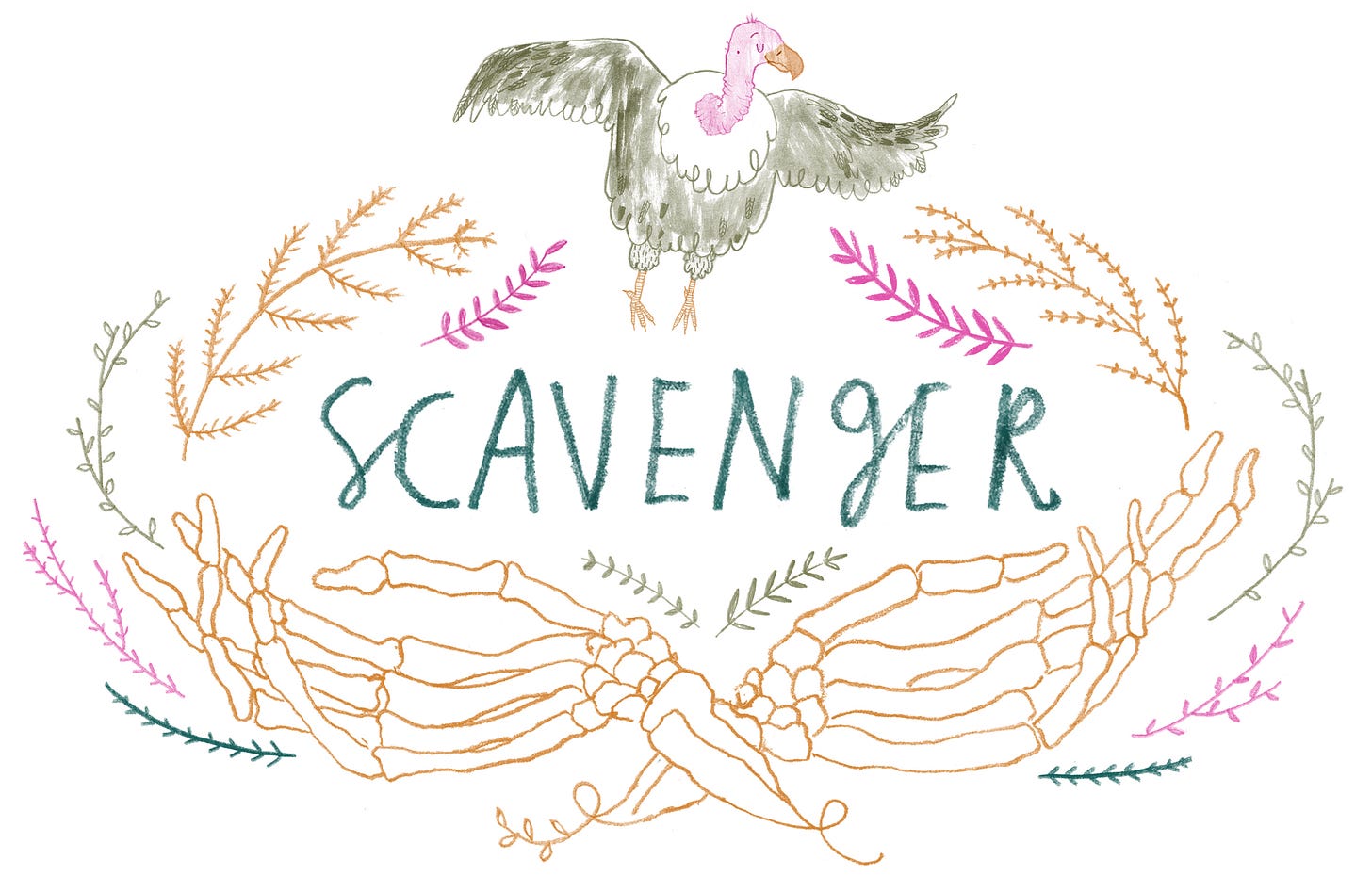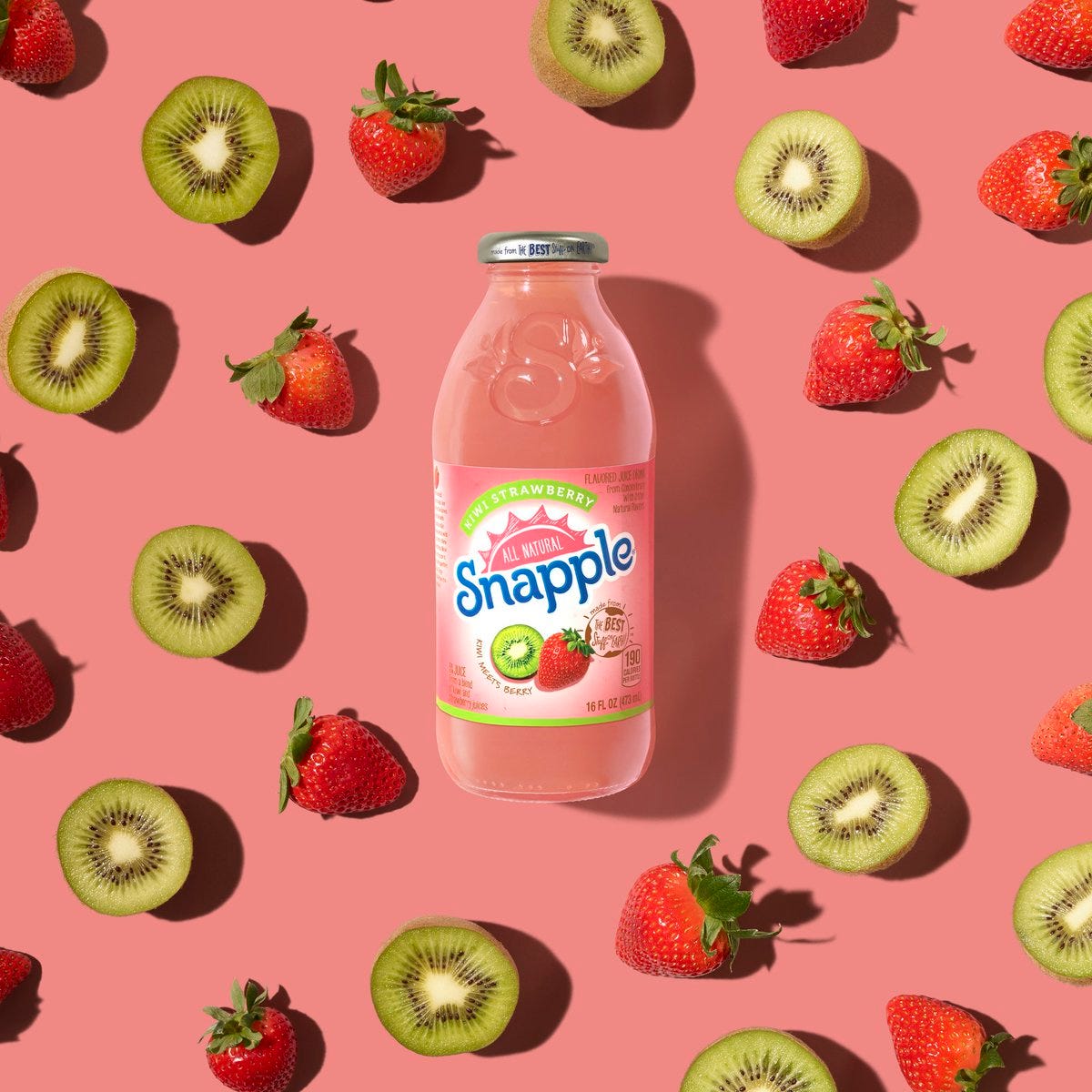Our 1990s kiwi obsession, explained
On Snapple, Elliott Smith and persuading Americans to give kiwi a shot.

Make it to the end of Elliott Smith’s “Roman Candle,” a lean 30-minute record whose sharply observant lyrics are disguised by mellow guitar, and you’ll land on an instrumental track called “Kiwi Maddog 20/20.” The A.V. Club once called it “slyly humorous,” and for good reason: as the story goes, the song was written about because of an old bottle of MD 20/20 no one bothered to drink.
If you’ve ever spent a summer drinking 40s or fruity wines, you’ve almost certainly encountered MD 20/20. It’s an inexpensive fortified wine, outlandishly flavored with everything from banana to “red grape.” It’s been described as “numbing.”
When Smith referenced Kiwi MD 20/20 — a beverage so absurdly green that it’s reminiscent of Nickelodeon slime — he created an unintentionally perfect time capsule. Roman Candle was released in 1993, at the height of America’s kiwi craze.

Sometime during the 1980s, kiwi became what professional flavorists call a “white space flavor” — a novel taste, the kind flavorists are perpetually hunting. These flavors are typically found somewhere in nature or another culture’s food, then recreated chemically in ultra-secret labs that constantly battle for our taste buds.
Sometimes, flavors get a boost from food suppliers looking to create a market for their crops. (Isn’t it peculiar to think about how one wealthy family persuaded Americans to consume millions of pounds of pomegranates and clementines?) Journalist Jaya Saxena recently traced the late 80s/early 90s kiwi craze back to one company: California Kiwi Products.
Founded in 1986, California Kiwi Products anticipated a growing crisis for America’s kiwi farmers. Industry gurus had predicted that kiwi would be the next big food craze — but by 1988, unsold kiwi was piling up. California Kiwi Products’ job was to manufacture demand for kiwi by developing new products ranging from daiquiris to ice cream.
As it turned out, kiwi’s success depended on pairing it with a more familiar flavor. Sometime in the early 1990s, Snapple (the beverage company best known for its fruit-flavored teas) partnered with Fritzsche Dodge & Olcott, “the oldest American flavor house,” which was later purchased by a flavor house called Givaudan. According to Snapple lore, its founder wasn’t enthused by a kiwi-flavored juice and asked for a blend with strawberry. It sold astronomically well.
“We were selling Snapple fifty-five-gallon drums of kiwi-strawberry drink,” a former Givaudan executive told the New Yorker in 2009. “At one point, we had purchased all the kiwi juice that was available globally.”
Despite Snapple lore and its enormous influence in pushing strawberry kiwi mainstream, the company wasn’t the first to pair the two fruits. In fact, Saxena’s reporting reveals that a company called Kiwi Island launched its own kiwi strawberry beverage in 1988. (It’s not the only time Snapple has taken liberties with the facts. In 2013, The Atlantic’s Adrienne LaFrance fact checked the often bogus fun facts that line its caps.)
Saxena also points out something even more revealing about strawberry kiwi: its ability to allow its fans perform class. She writes,
The end of the Reagan revolution meant there was expanding inequality and stagnating class mobility, meaning it was harder to signal class just by being rich. So to differentiate themselves, “college-educated urban professionals embraced foods that were seen as fancy, thinness-promoting, natural, and authentically ethnic or foreign,” [food historian Margot Finn] says. “These trends were primarily a reaction against food seen as industrial, mass-produced, frugal, reliable, and familiar.” Mott’s apple juice and Pepsi were for the working poor, while kiwi-strawberry fruit cocktails were bait for the bougie.
All that from a humble, fuzzy little fruit.

Although strawberry kiwi’s heyday is likely over, a cursory search on Amazon suggests it’s here to stay in everything from Mountain Dew Kickstart to Emergen-C. Kiwi made our palates a little more adventurous, paving the way for Americans to fall in love with new flavors like kumquat, lilac, yuzu and cardamom. Today, kiwi feels as standard as an apple or a grape.
Something else

A couple weeks back, I received a copy of Wall City in the mail. At first glance, it looks like a typical magazine, but the mere fact of its existence is remarkable: It’s one of the few magazines entirely written and produced from inside a prison. Within the walls of San Quentin, the newsroom is an important center of rehabilitation, professional development and connection.
The story of how San Quentin’s team put together a magazine is too moving and complex and beautifully nuanced to sum up here, so all I’ll say is that you should absolutely read Emily Nonko’s recent story about it. There are also lots of ways you can support San Quentin News.
One more thing
Last week on Primetime, Emily tackled a big topic: the culture wars of the 1990s, by way of Dan Quayle, a vice president who managed to use Murphy Brown in an elaborate racist dogwhistle. You can listen here!
Also, if you’re confused because you thought Todd was the host of Primetime: Read this!


